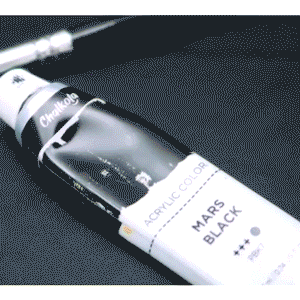Back to the Art Creators' Hub ▸ How to Paint with Acrylics
How to Paint with Acrylics
Acrylic paint is smooth and opaque, making it one of the easiest mediums to start painting with. It’s fantastic for introducing children to the wonders of art, and is also a great choice for anyone who paints as a hobby. However, its versatile nature makes it difficult to master — especially for artists who employ a lot of techniques in their practice.
While there’s no one right way to paint, here are some steps you can follow to help you get a good start on your acrylic painting journey.
1.) Prepare your workspace and materials.
This is as simple as finding a good spot and setting up your supplies. Lay out your brushes, palette, and paint tubes on a nearby desk or surface and make sure that everything is within reach. If you’re working indoors, you might also want to protect the floor with a tarp or old newspapers.
2.) Experiment and practice.
The best way to improve your painting skills is through consistent practice. While this may sound difficult, it’s actually one of the most exciting steps of the process, as you’ll be able to see how the colors mix, blend, and come together for a gorgeous end result. You’ll also get a feel for your brushes and discover the best ways to use each one in your paintings.
If you have acrylic mediums, you can also experiment with them during this stage. Paint freely or make swatches — eventually, you’ll become more familiar with your materials and more confident in your painting process.
3.) Plan your painting or create a sketch.
Even if you’re painting freehand, it helps to have a general idea of what you want your piece to look like. Having a concept in mind will make the painting process smoother, especially if your style leans towards realism. Many artists also sketch their paintings beforehand, which helps them with composition and framing. It’s also okay to stray away from your initial concept — exploring new subjects, colors, or themes will help you find and develop your art style.
4.) Start painting.
Once you have the concept down, it’s time to start painting. Since acrylic paint dries quickly, you want to work on the biggest elements first using light to mid-tone colors. In general, you want to progress from (1) large to small and (2) light to dark. This means applying fine details and shadows last as they are often difficult to reverse. Leaving these steps until the end will save you time in case you want to make changes midway through your painting.
5.) Keep making art.
If your painting skills need work, don’t be discouraged. It takes a lot of time and practice to become a good artist — and the good news is, there’s plenty of fun to be had along the way. With so many acrylic mediums and techniques out there, you’ll never run out of things to try!

